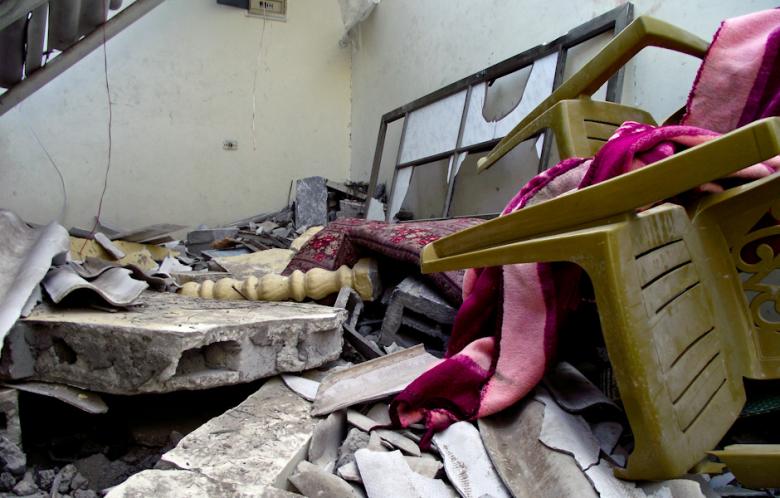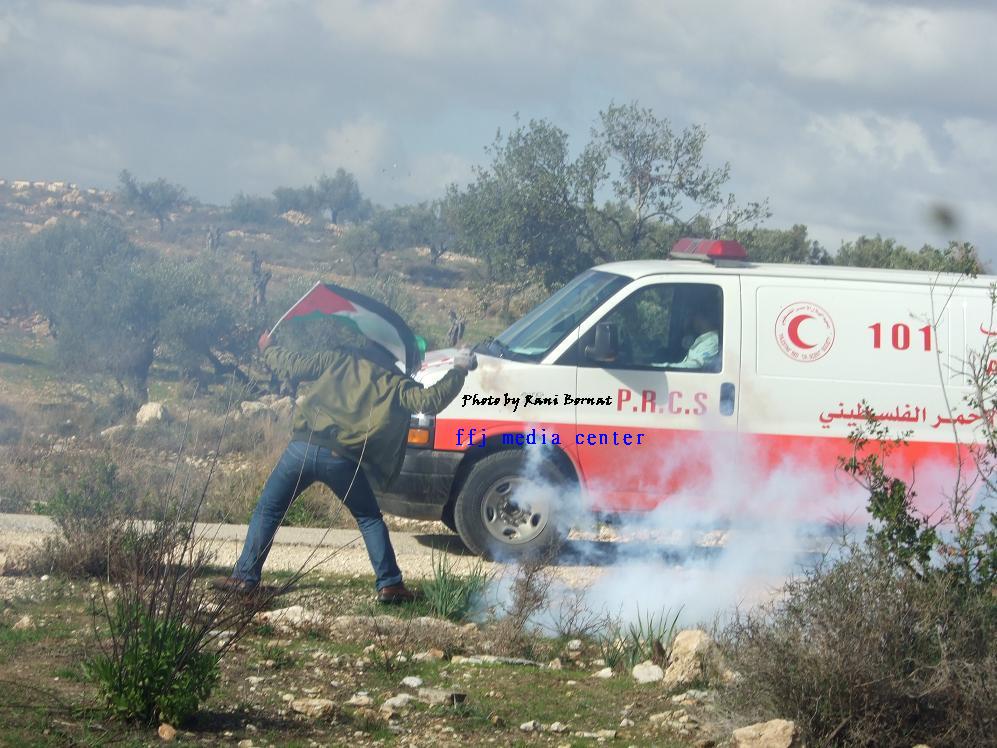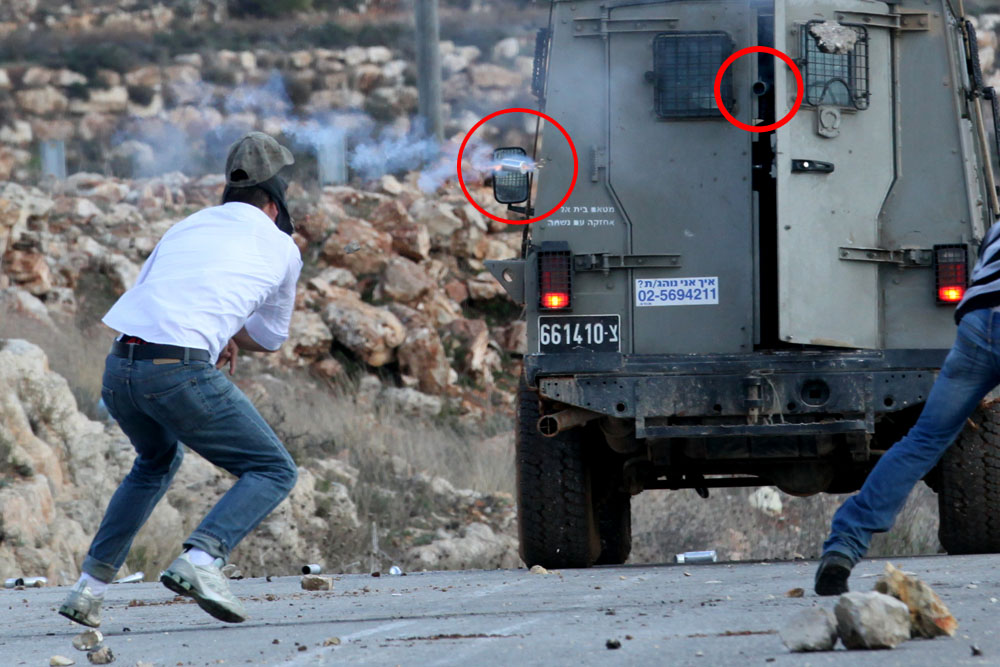-
Gaza attack: “My uncle died in my arms”
by Ruqaya Izzidien 9 December 2011 | Al Akhbar English “My uncle was breathing when I found him under the rubble,” said Migdad Elzalaan. “He told me, ‘Look after our family, look after the children. Look after them,’ and then he died, right in my arms.” At around 2am on Thursday night, Israeli forces bombed […]
-
Palestinian protester severely injured in Nabi Saleh
by Jonathan Pollack 9 December 2011 | Popular Struggle Coordination Committee Mustafa Tamimi, a 28 year old resident of Nabi Saleh, was shot in the face today, during the weekly protest in the village of Nabi Saleh. He sustained a severe injury to his head, under his right eye, and was evacuated to the Belinson […]
Action Alert An Nabi Saleh Apartheid Wall Arrests BDS Bethlehem Bil'in Cast Lead Demonstration Denial of Entry Ethnic Cleansing Farmers Gaza Global Actions Hebron House Demolition International law Israeli Army Jerusalem Live Ammunition Nablus Ni'lin Prisoner Ramallah Rubber-coated steel bullets Settlement Settlers Settler violence Tear-Gas Canister Video



